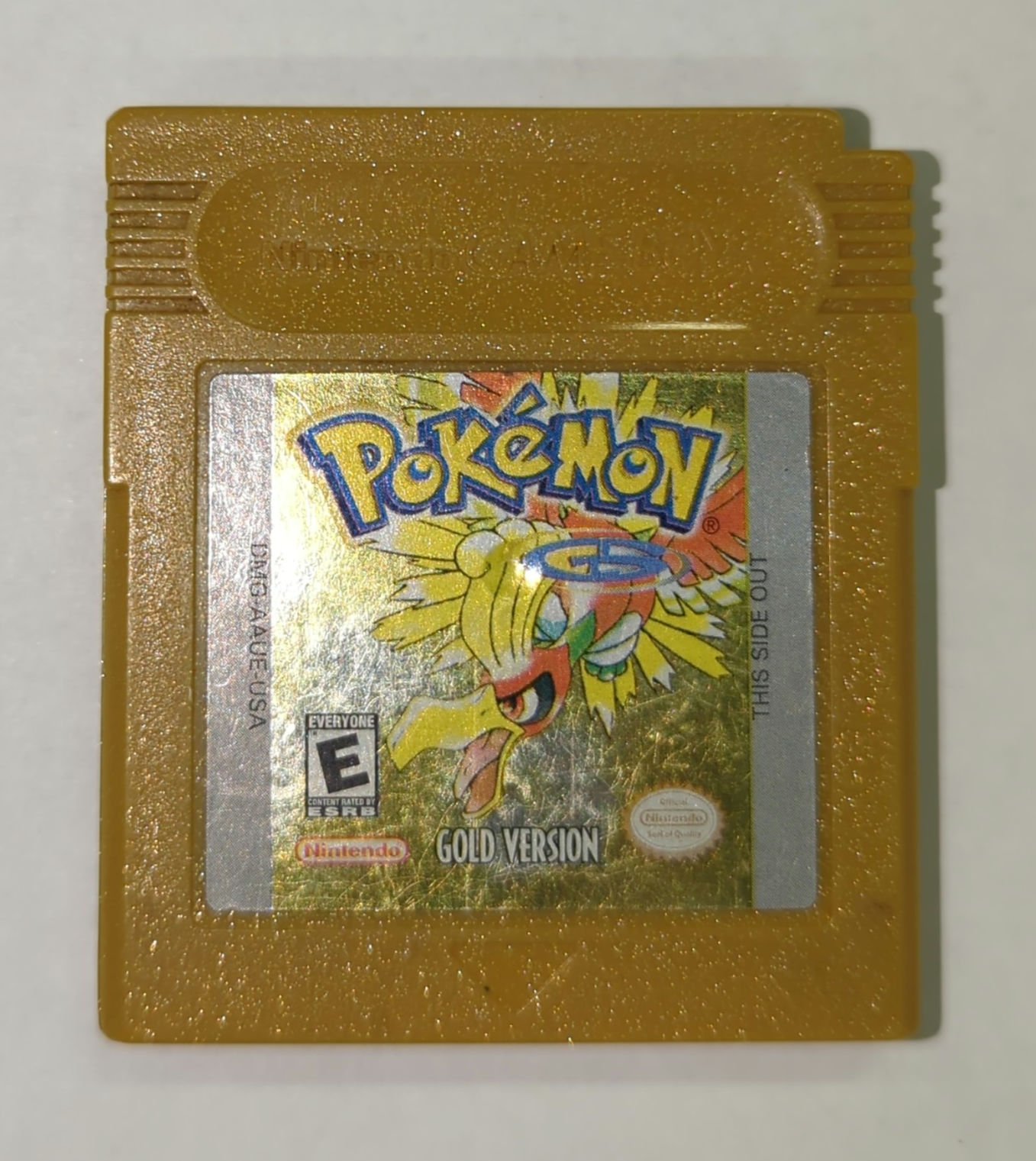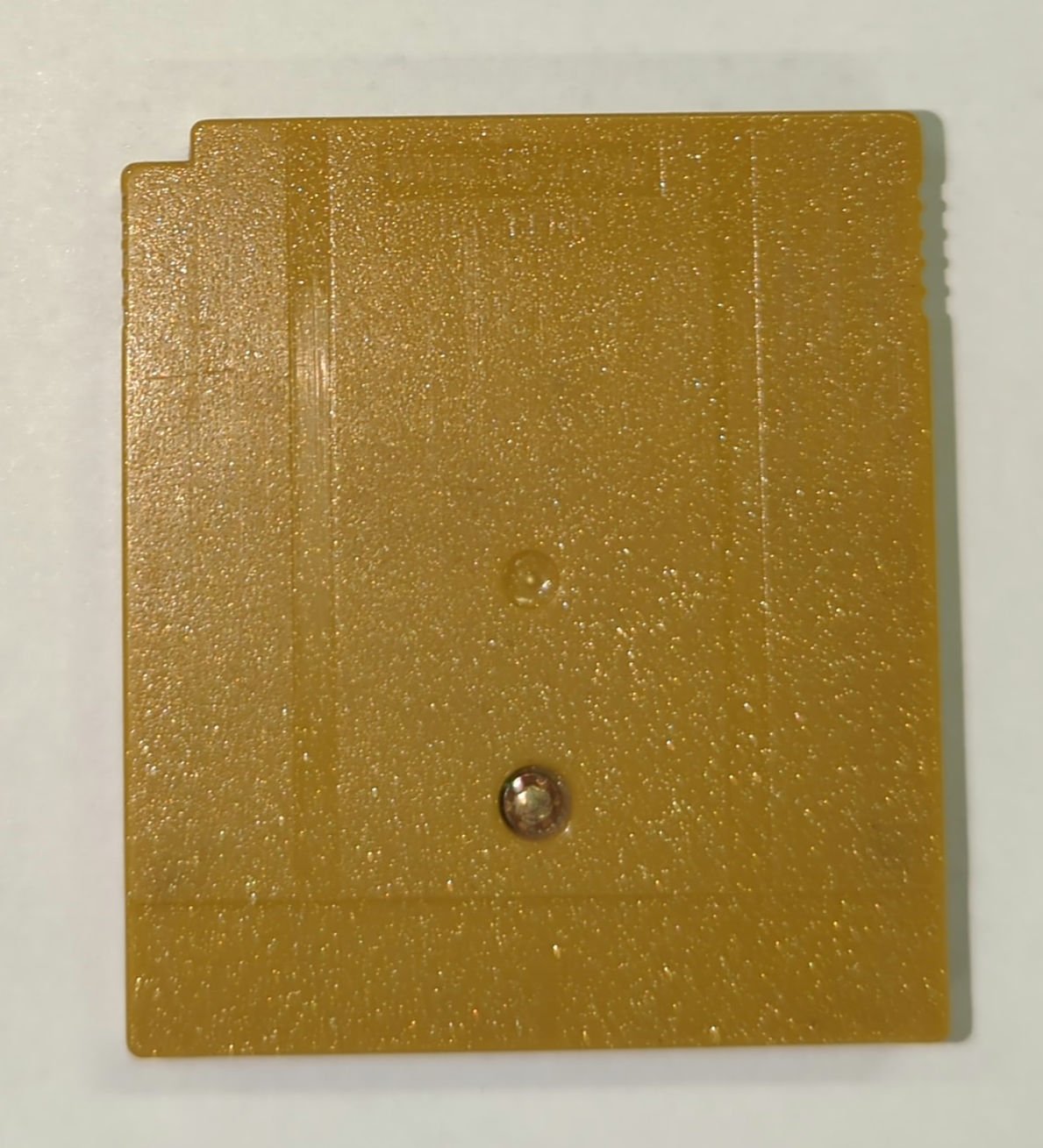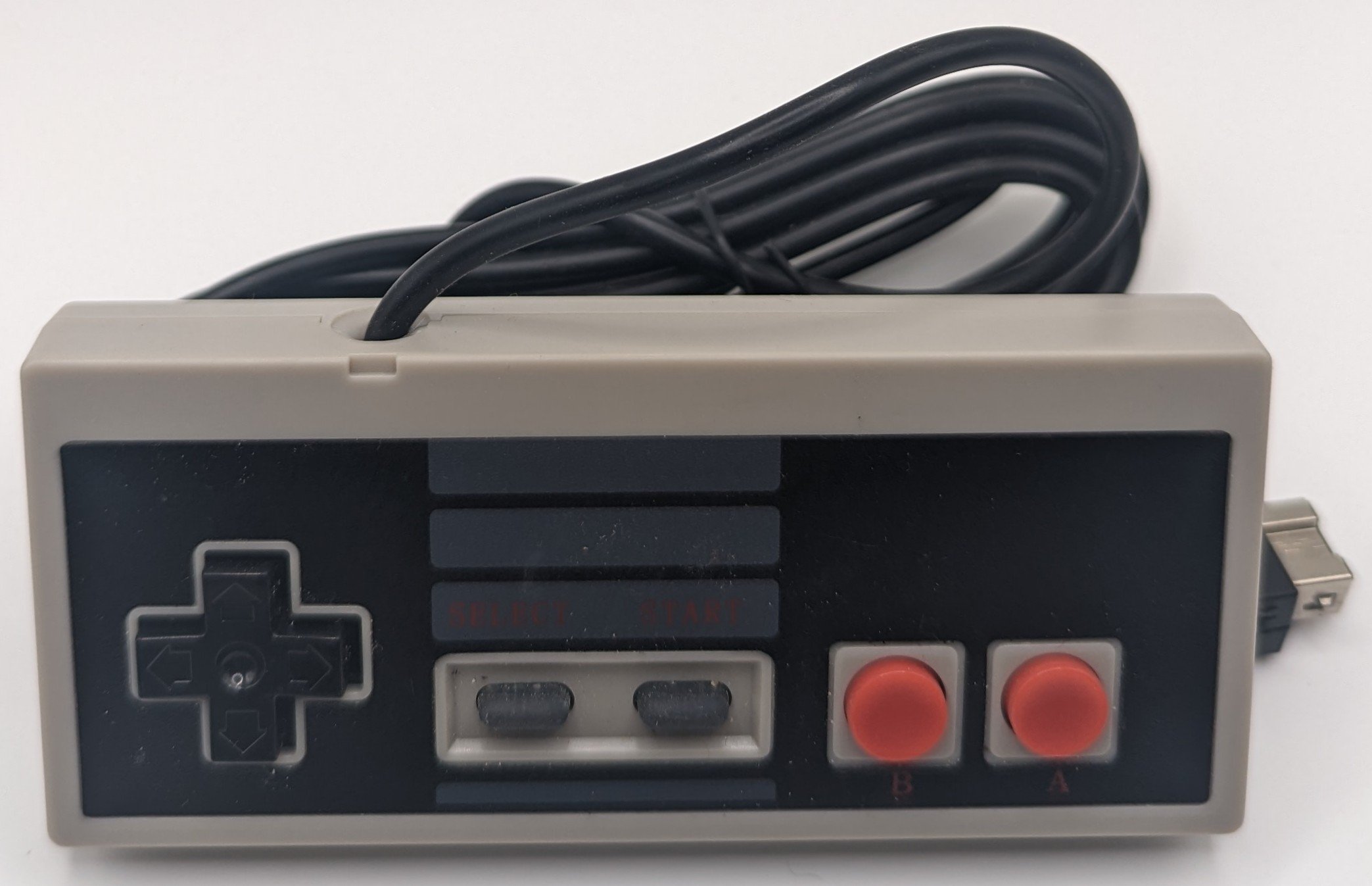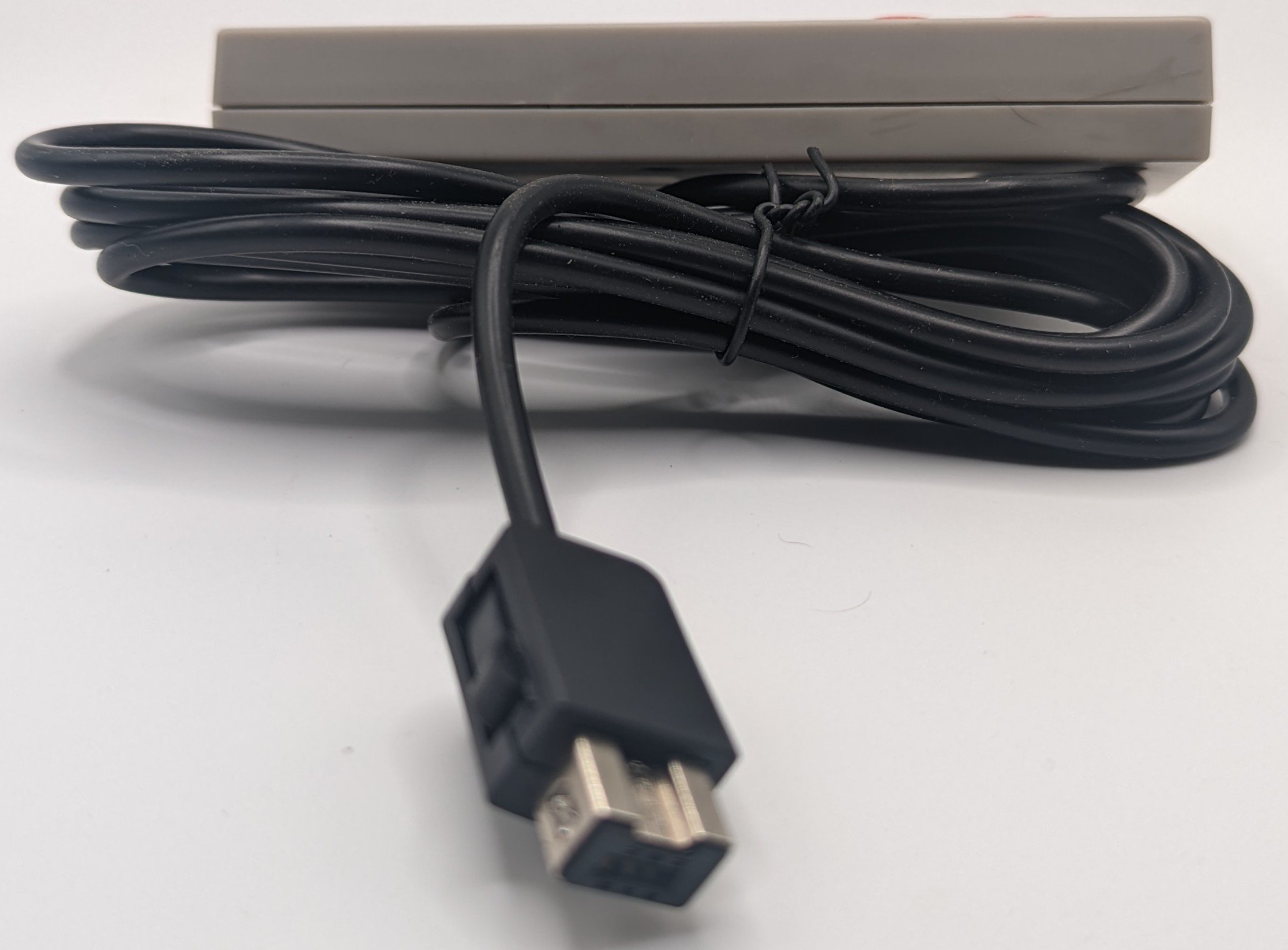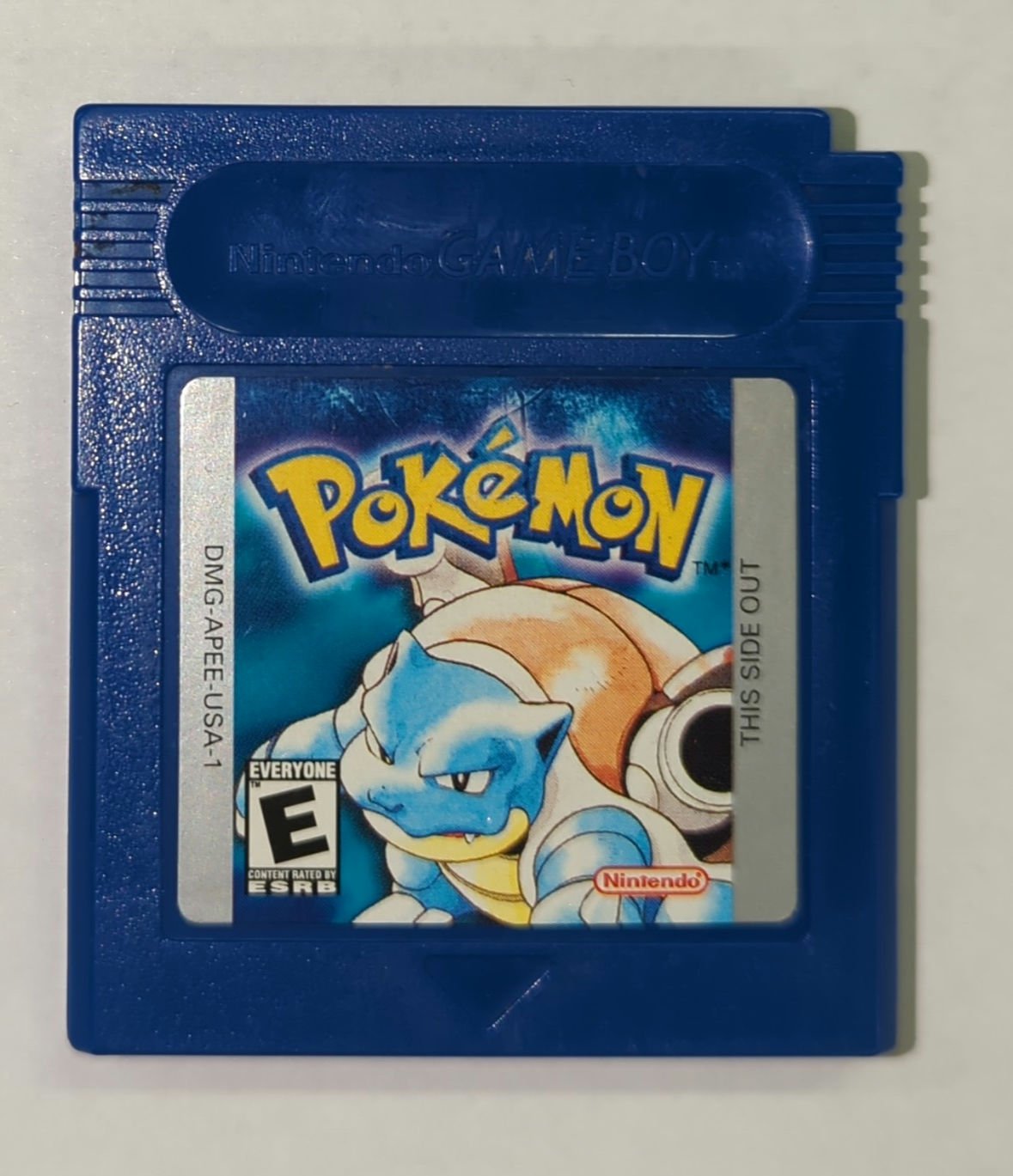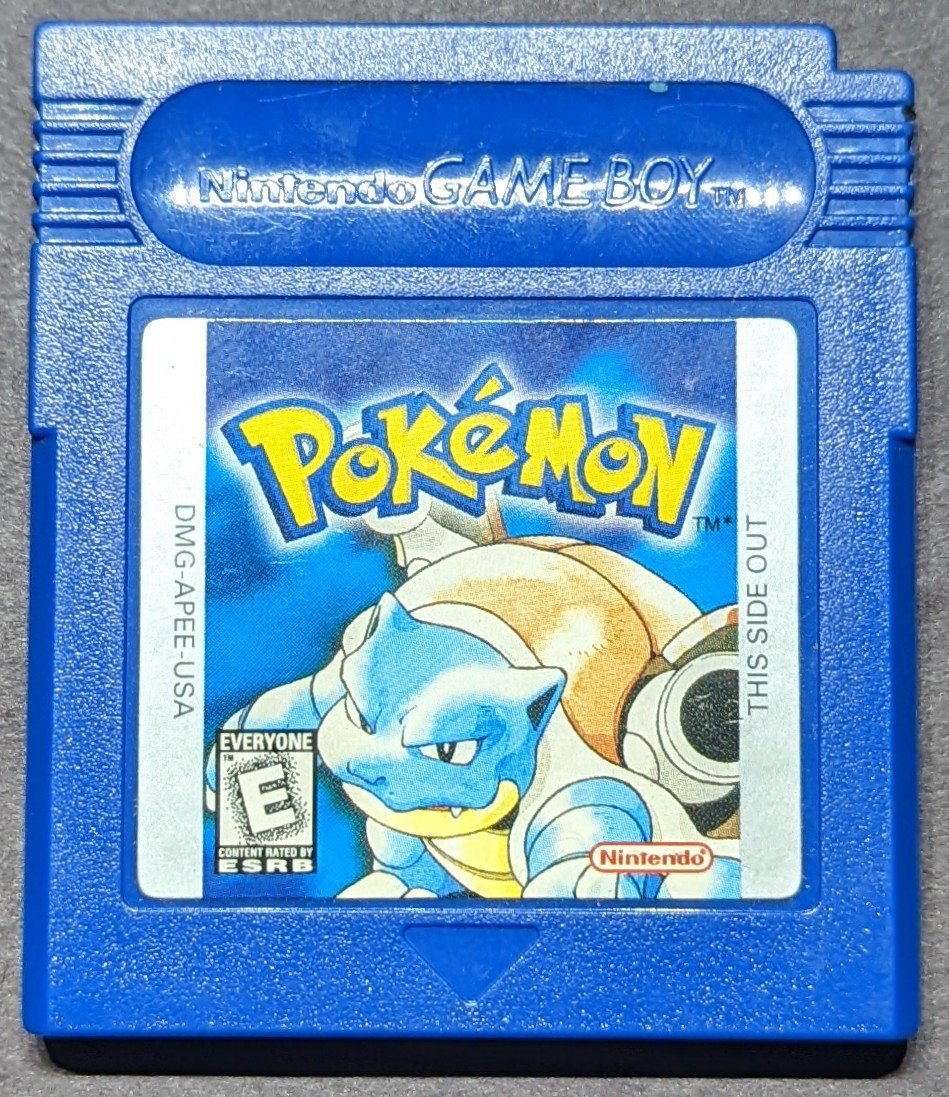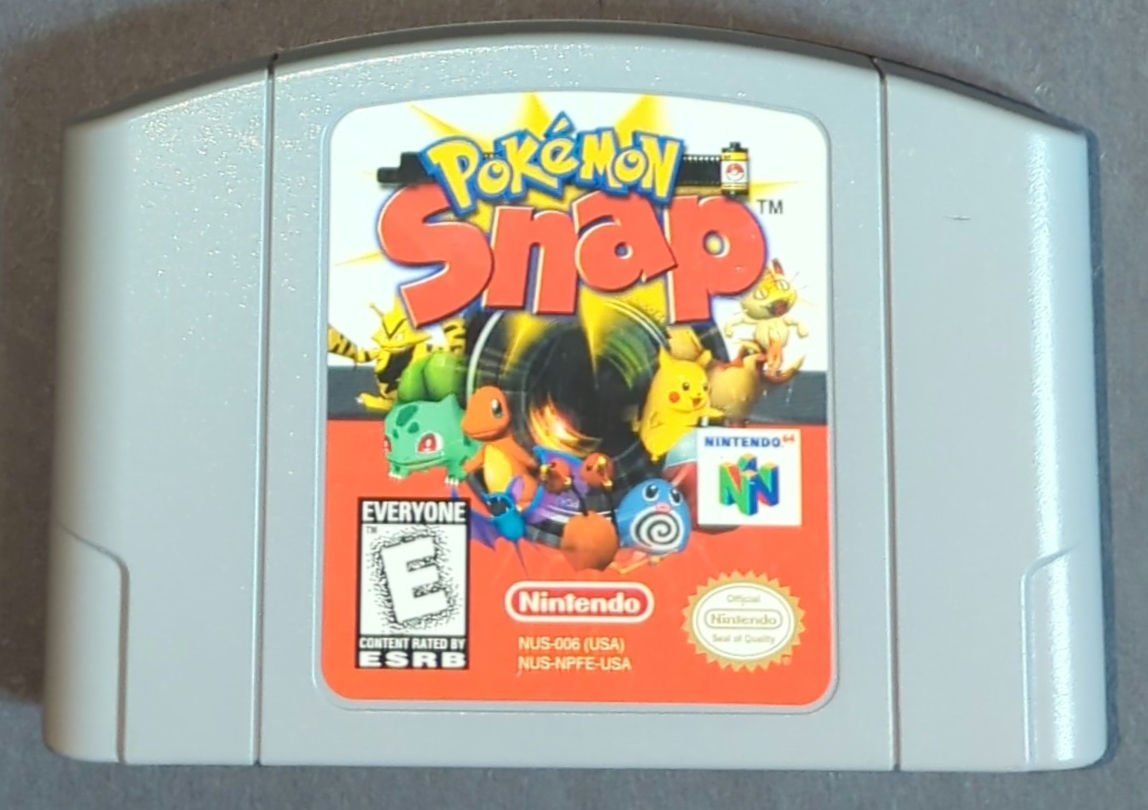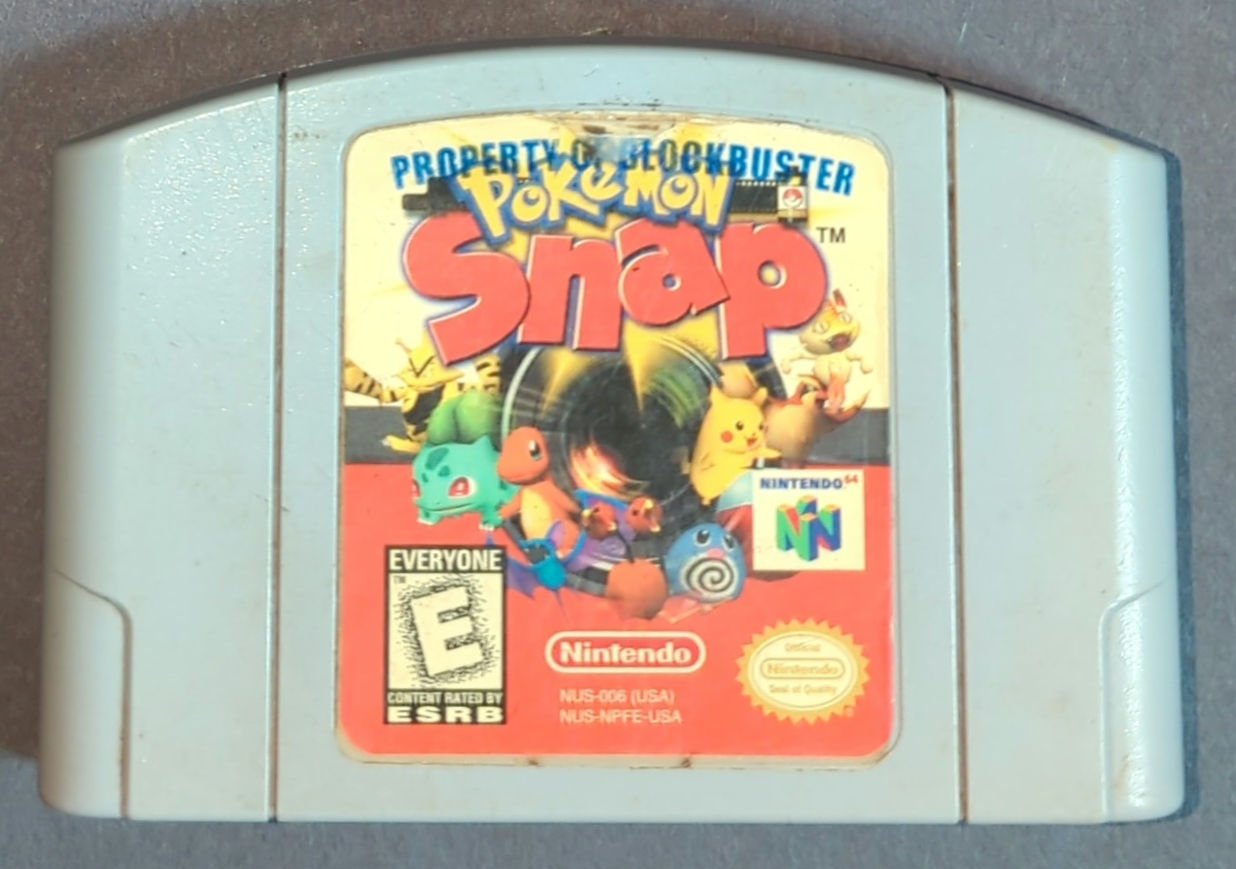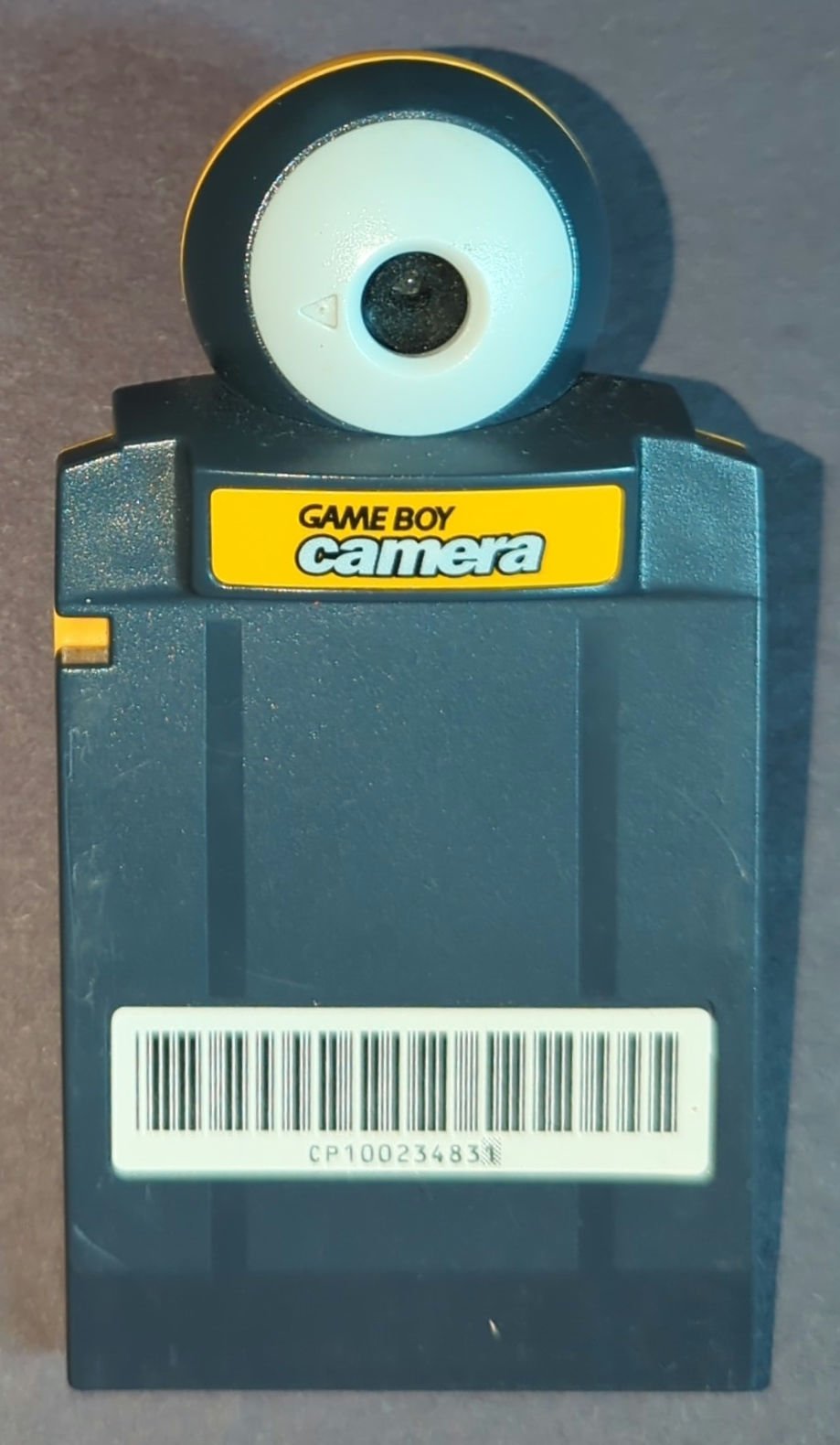 Image 1 of 5
Image 1 of 5

 Image 2 of 5
Image 2 of 5

 Image 3 of 5
Image 3 of 5

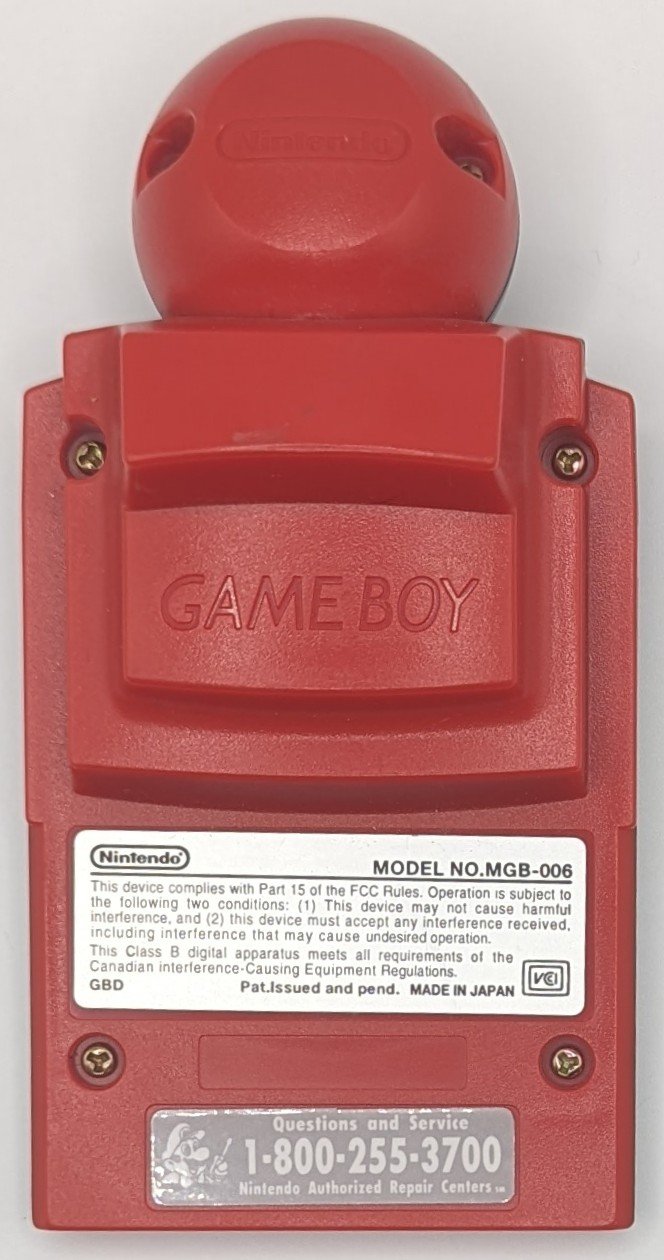 Image 4 of 5
Image 4 of 5

 Image 5 of 5
Image 5 of 5






Gameboy Camera
The Game Boy Camera (GBC), originally released as the Pocket Camera in Japan, was a groundbreaking accessory for the Nintendo Game Boy handheld console. It launched on February 21, 1998, in Japan and continued production until late 2002. Designed to give users a unique way to create and share content, the GBC allowed players to capture grayscale photographs, edit them, or even create original drawings. It also supported the transfer of images between different Game Boy Camera units and could connect to the 64DD art game suite, Mario Artist, for further creative use.
One of the standout features of the Game Boy Camera was its 180°-swivel front-facing lens, enabling users to take selfies—an innovative concept at the time. The camera's photos, while limited to grayscale, could be printed on thermal paper using the Game Boy Printer, providing users with physical copies of their creations. The cartridge also included a variety of mini-games, many based on Nintendo’s early hits like the arcade game Space Fever and the classic Game & Watch title Ball. Additionally, a chiptune music sequencer was included, allowing users to compose simple melodies, further expanding the creative possibilities.
In 1999, the Game Boy Camera was officially recognized by Guinness World Records as the world’s smallest digital camera, a testament to its compact design and innovative functionality. Despite its technological limitations, photographers and creatives embraced the camera's simplicity, using its unique constraints as a canvas for artistic expression. Its legacy endures in the world of retro photography, where its pixelated, grainy images are appreciated for their nostalgic charm and the creative challenges they presented. The Game Boy Camera remains a cherished piece of gaming history, offering a glimpse into the early days of portable digital photography.
The Game Boy Camera (GBC), originally released as the Pocket Camera in Japan, was a groundbreaking accessory for the Nintendo Game Boy handheld console. It launched on February 21, 1998, in Japan and continued production until late 2002. Designed to give users a unique way to create and share content, the GBC allowed players to capture grayscale photographs, edit them, or even create original drawings. It also supported the transfer of images between different Game Boy Camera units and could connect to the 64DD art game suite, Mario Artist, for further creative use.
One of the standout features of the Game Boy Camera was its 180°-swivel front-facing lens, enabling users to take selfies—an innovative concept at the time. The camera's photos, while limited to grayscale, could be printed on thermal paper using the Game Boy Printer, providing users with physical copies of their creations. The cartridge also included a variety of mini-games, many based on Nintendo’s early hits like the arcade game Space Fever and the classic Game & Watch title Ball. Additionally, a chiptune music sequencer was included, allowing users to compose simple melodies, further expanding the creative possibilities.
In 1999, the Game Boy Camera was officially recognized by Guinness World Records as the world’s smallest digital camera, a testament to its compact design and innovative functionality. Despite its technological limitations, photographers and creatives embraced the camera's simplicity, using its unique constraints as a canvas for artistic expression. Its legacy endures in the world of retro photography, where its pixelated, grainy images are appreciated for their nostalgic charm and the creative challenges they presented. The Game Boy Camera remains a cherished piece of gaming history, offering a glimpse into the early days of portable digital photography.



